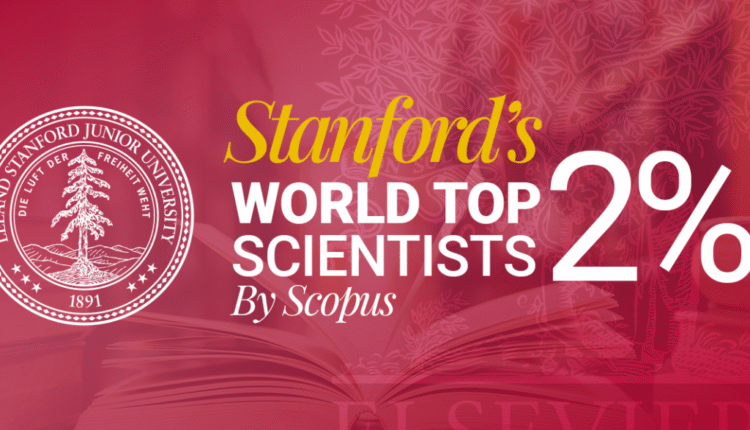Stanford’s 2 Percent List: Understanding the Hype and Reality
“The so-called “Stanford top 2% scientists” list often reported in Kashmir is widely misunderstood as an official award or endorsement from Stanford University. In reality, it's a citation-based database created by researchers affiliated with Stanford, reflecting research visibility not quality or innovation.
Peerzada Mohsin Shafi
Every few months social media in Kashmir lights up with the same kind of headline that a professor or researcher from the Valley has been named among the top two percent scientists in the world by Stanford University. Pictures certificates and congratulations follow. Universities issue press notes and newspapers carry the story as if Stanford University itself has selected and honoured the individual. To the common reader it sounds like an international award or a formal endorsement from one of the world’s top universities. Yet the truth is much simpler and far less glamorous.
The so-called Stanford list is not an award not a ranking prepared by the university and not a certificate issued by it. It is a citation database created by a few researchers affiliated with Stanford who analyse scientific publication records from Scopus which is Elsevier’s global database of research articles. The team led by Professor John Ioannidis compiles what is called a standardized citation indicator dataset.
This dataset measures how often scientists’ works are cited by other researchers. It combines total citations h-index citations as single first or last author and other numbers into what they call a composite score or c score. Based on that score scientists who fall in the top two percent of their specific discipline in terms of citation impact are listed.
This means the list does not judge how good or original the research is. It does not measure innovation quality or real-world benefit. It only reflects how visible a scientist’s work is in the research literature. A scientist working in a large field such as medicine or computer science will naturally gather more citations than someone working in a small field such as glaciology or local geology. So being in the top two percent of one field does not compare directly with the same position in another. But such details are often ignored in local reporting.
The moment the new list is released every year universities in Kashmir release posters and news items proudly announcing that their faculty members have been named in the Stanford University top two percent list. The media publishes it without context and the public takes it as a mark of global excellence. Yet Stanford University as an institution neither prepares nor endorses this list. The authors of the study work at Stanford but the project is not an official Stanford programme. The misunderstanding spreads because the name Stanford carries such prestige that attaching it to anything makes it sound like a formal recognition.
In Kashmir unnecessary hype is being created. Citation numbers are not a perfect reflection of contribution. Some scientists gain large citations through teamwork or writing review papers while others doing deep or applied work may receive fewer citations but contribute more meaningfully to their field or society. Citation databases can also be distorted by self citations or citation rings where groups of authors cite each other repeatedly.
Even Professor Ioannidis himself has clarified that the dataset should not be used as a ranking of the best scientists in the world but as a tool to study citation patterns.
The two percent list is a medal. It is a statistical recognition that a scientist’s work has been cited more often than most others in the same field. It reflects reach not necessarily depth. In the long run the real strength of science in Kashmir will not be measured by how many appear on such lists but by how much research improves lives knowledge and environment in the region. Headlines will fade but honest work remains.
So the next time we see a name from Kashmir on the so called Stanford University list we should remember what it actually stands for. It is a count of citations not a crown of excellence and understanding that difference is what makes both science and society stronger.
Author Peerzada Mohsin Shafi hails from Anantnag and is an infrastructure researcher.


Comments are closed.